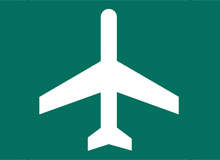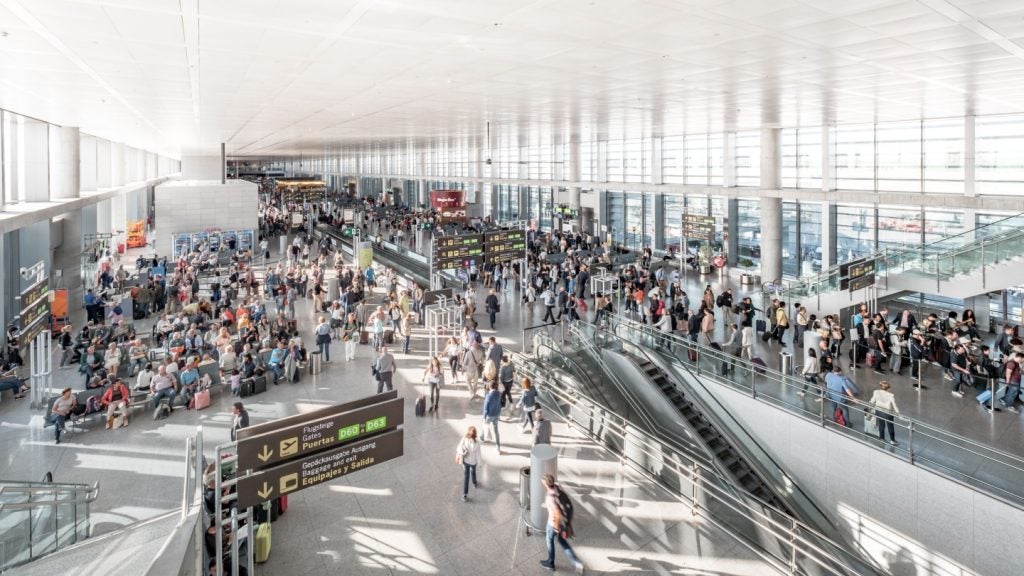
It has been a mixed year for the airport sector. For every positive, there appears to have been a negative. Passenger traffic showed signs of improvement but still overall remained at an operating loss. Where some airport projects triumphed – London’s Heathrow, for instance, finally received approval for its third runway, others failed to live up to their potential – uncertainty remains over the future of Dubai’s Al Maktoum International Airport after the project’s opening was pushed back from this year to next.
The American Recovery and Reinvestment Act of 2009 saw fresh investment in security and technology across many US airports. A total of $1.1bn was set aside for improving airport security, while funds were also allocated for various infrastructure upgrades, in particular to many runways and air traffic control centres.
Scanning technology also made several advancements in the European and US markets. In particular, a controversial X-ray scanning technology was trialled in the UK and the US throughout the year, which effectively provides ‘naked’ images of passengers. Inevitably grabbing the media headlines on both sides of the Atlantic, the scanners are being used instead of traditional ‘pat down’ techniques.
Swine flu outbreak
It may have been the Chinese year of the Ox, but for the global airport sector it was all about the pig. The H1N1 influenza virus, more commonly known as swine flu, was first detected in April of this year and caused airports worldwide to be put on high alert as countries set about preventing the largest epidemic since the SARS ‘bird flu’ outbreak in 2003.
The outbreak originated in Veracruz, Mexico, and caused the Mexican Government to close most of Mexico City’s public and private facilities in an attempt to contain the spread of the virus. The World Health Organisation (WHO) declared a ‘public health emergency of international concern’ and by 27 April 2009, the EU has advised all Europeans to postpone non-essential travel to the US or Mexico.
How well do you really know your competitors?
Access the most comprehensive Company Profiles on the market, powered by GlobalData. Save hours of research. Gain competitive edge.

Thank you!
Your download email will arrive shortly
Not ready to buy yet? Download a free sample
We are confident about the unique quality of our Company Profiles. However, we want you to make the most beneficial decision for your business, so we offer a free sample that you can download by submitting the below form
By GlobalDataWHO, however, did not recommend closing borders or restricting travel and so the focus for airports fell on mitigating the effect of the virus rather than attempt full-scale containment.
Reactions differed from region to region with China, for instance, announcing that visitors returning from flu-affected areas with flu-like symptoms would be quarantined, while the Japanese Government sent 25 infrared thermography systems to Mexico in May as part of an emergency assistant grant.
The technology, which is capable of visualising an objects temperature distribution, along with face masks, played a limited role at airports and instead standard practices that still exist today were introduced including looking for passengers with symptoms of flu, measles or other infections and relying on in-flight air filters to ensure aircrafts were sanitised.
Facing the facts
The fact that the International Air Transport Association (IATA) was recently forced to increase its financial outlook for the aviation industry for 2010 from an estimated total global net loss of $3.8bn to $5.6bn is a stark reminder just how significantly the financial recession, escalating fuel prices and rising operating costs has continued to impact the sector. According to the organisation, passenger traffic is estimated to drop overall by 4.1% in 2010 while airfreight volumes will fall by 13%, the repercussions of which have been felt worldwide by airports.
Yet, as the decade draws to a close, relatively promising signs of improvement could be seen throughout the year. Comparing month by month results against 2008, the Airport Council International (AACI) said global traffic continued to climb from May to October 2009, with domestic traffic in particular driving growth.
Improved results in October of this year have been in part spurred by a small turn in fortune for the mature markets hit hardest by the economic recession – Europe and North America. Last month air passenger figures in the UK, for instance, increased for the first time since March 2008, after BAA announced it handled 9.9 million people.
Other regions have also contributed strongly to improved results. South American and Caribbean airports registered an overall domestic growth of 26%, while domestic traffic at airports in the Asian Pacific and Middle East regions has been similarly positive. Mumbai Airport, for example, saw a 33.1% increase in domestic traffic, while Bangkok Airport and Dubai Airport rose 54.9% and12.2% respectively.
While the global aviation sector is predicted to remain in red during 2010, many experts believe the worst is behind the industry and although the challenges currently facing the sector remain fierce, airport professionals can look towards the future with renewed optimism.





